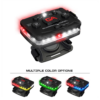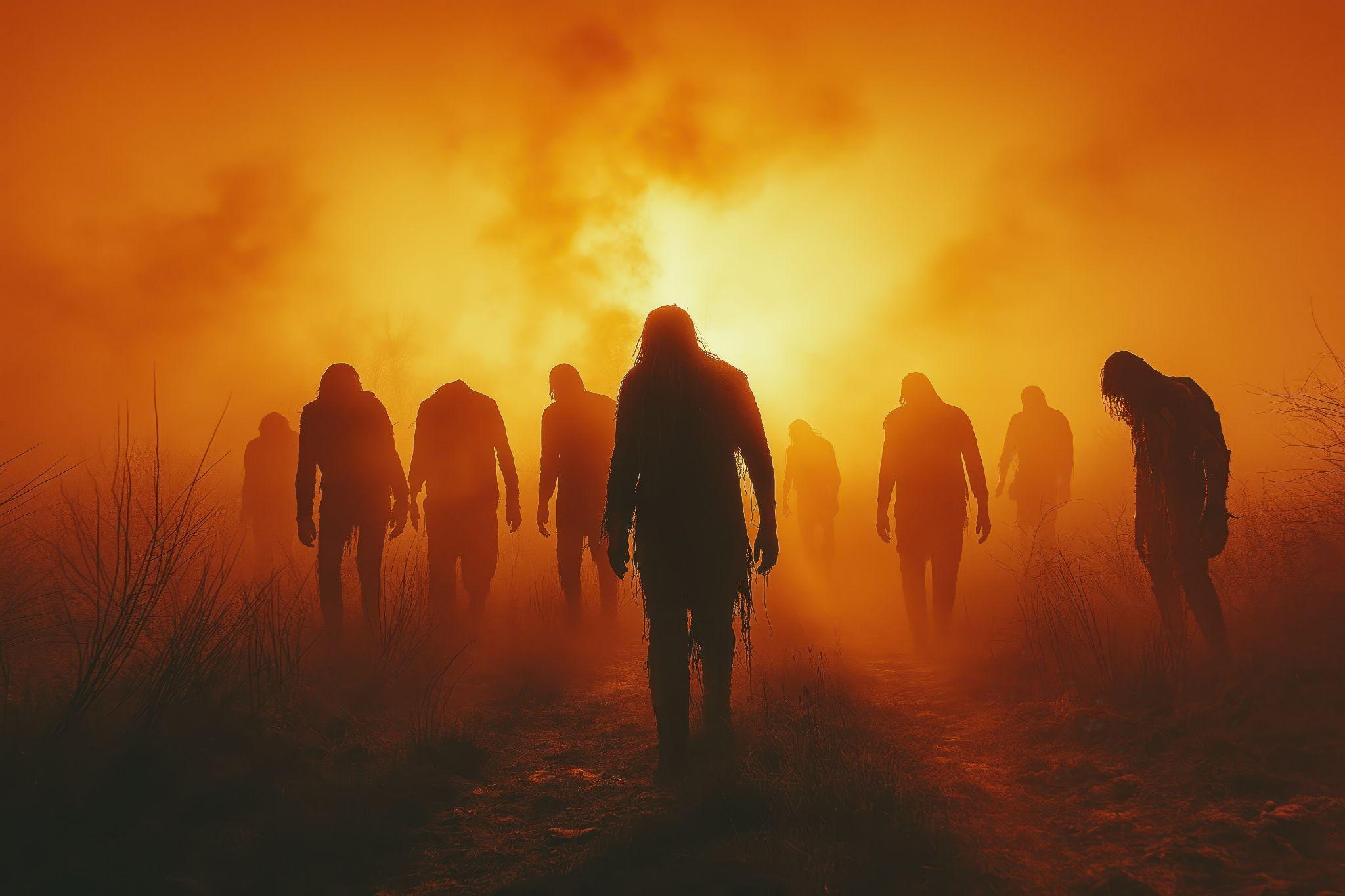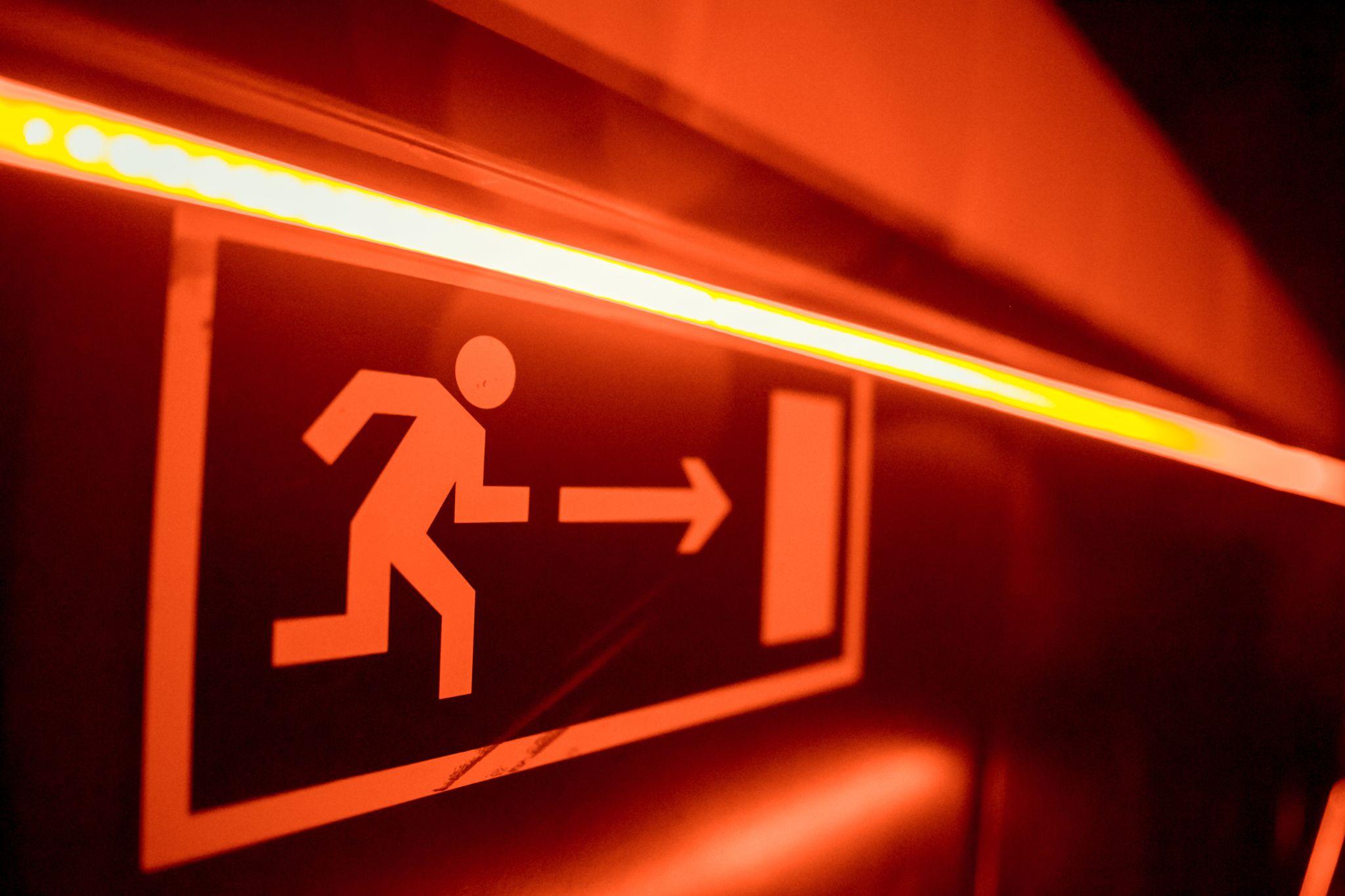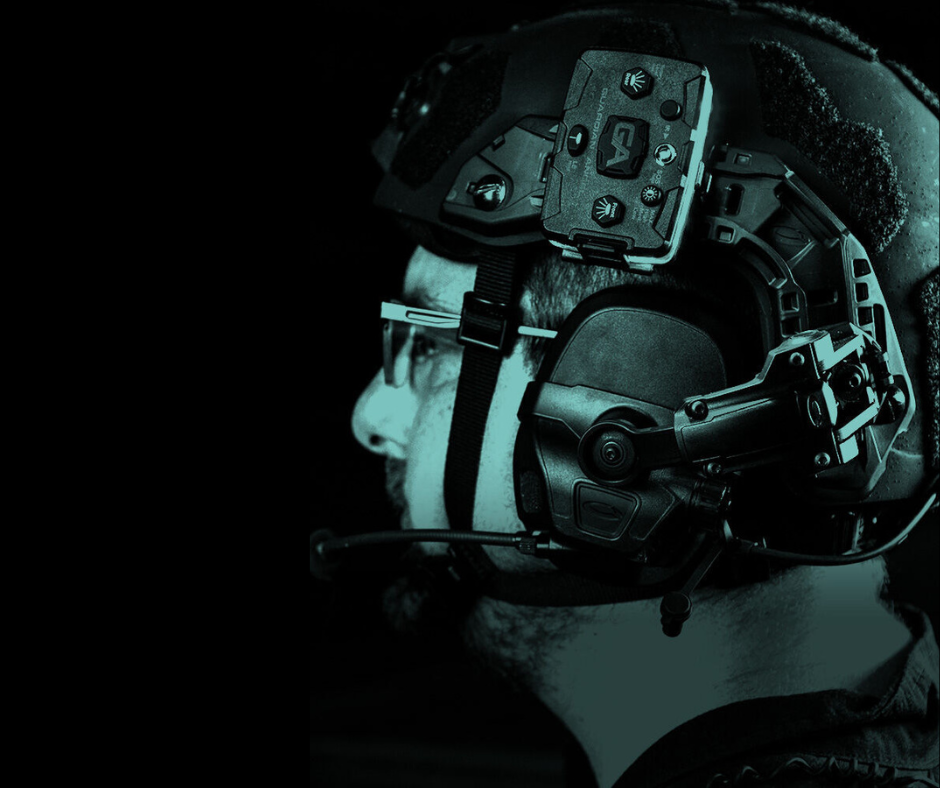Field Notes: Tips & Tales from the Front Lines
All Articles
Top Stories
Personal Safety Lights, Redefined
We’re on a singular mission to keep you safe, no matter where life takes you.
The Guardian Combo: Buy an Elite Series™ light and save 50% on a Micro Series™ light.
Select your lights, add to cart, and discount is automatically applied.

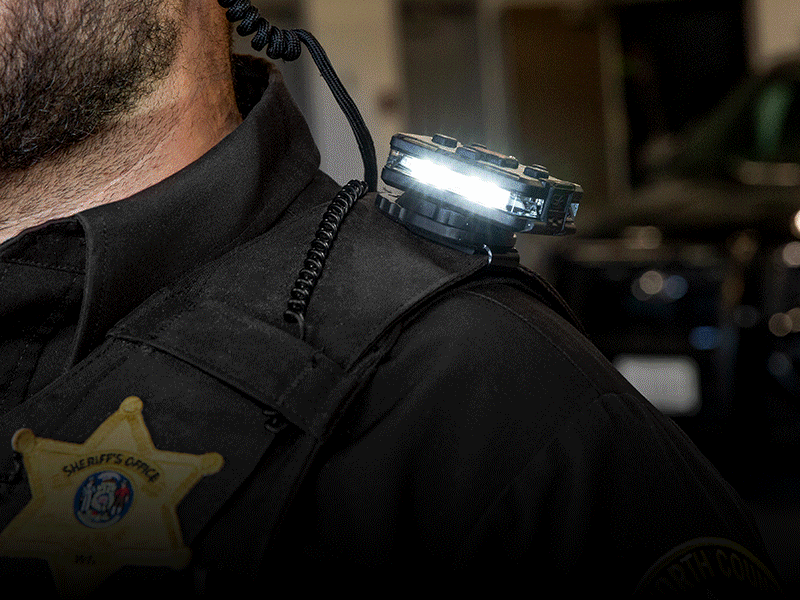

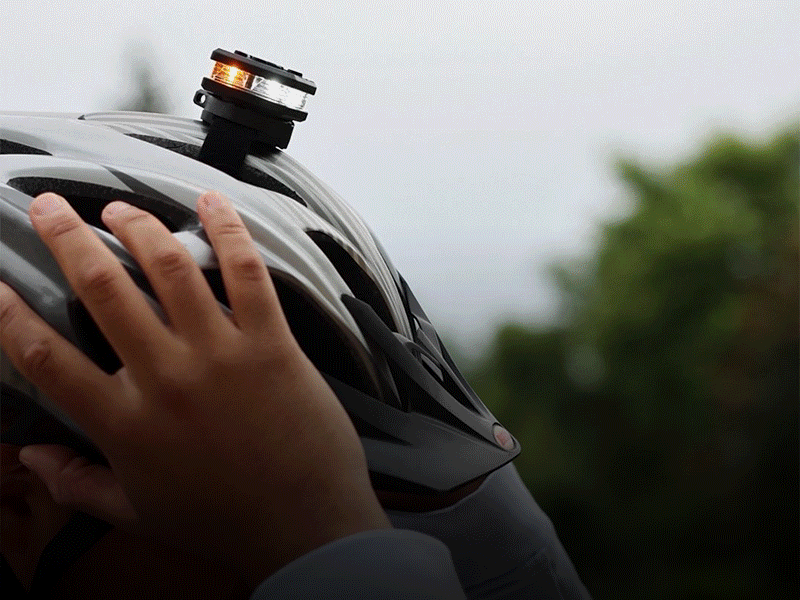




{"prev":"","next":"/news/?query-11-page=2","queryId":11,"paged":1}We’re on a singular mission to keep you safe, no matter where life takes you.
